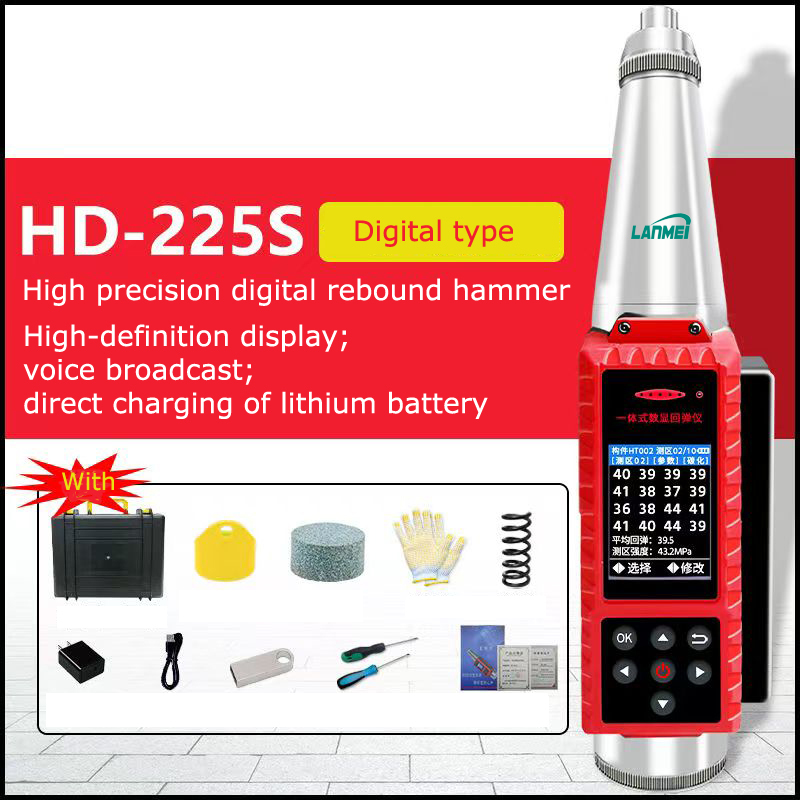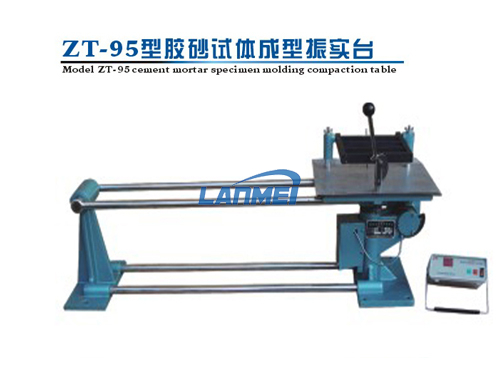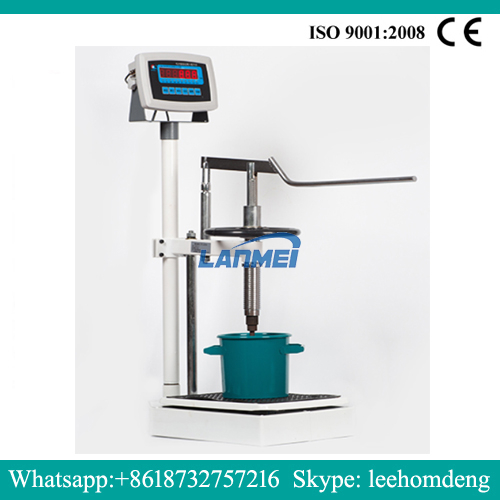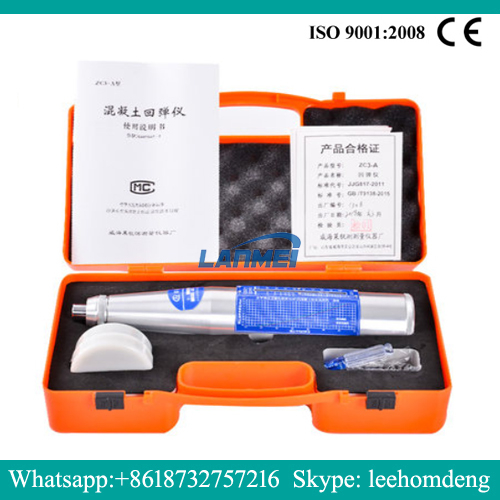High Precision Digital Schmidt Concrete Rebound Testing Hammers
Smith Digital Schmidt Hammer Test Concrete Rebound Hammer
Understanding Concrete Testing Hammers: A Comprehensive Guide
The concrete rebound test hammer, also known as the Schmidt rebound hammer, is an essential tool in the field of civil engineering and construction. The device is mainly used to evaluate the compressive strength of concrete in a non-destructive way. The concrete rebound test hammer is a fast and reliable method for assessing concrete quality and has become an essential tool in construction projects around the world.
Working principle of concrete rebound tester
The working principle of the concrete testing hammer is based on the principle of rebound hardness. The device consists of a spring-loaded hammer that, when released, strikes the concrete surface. After the strike, the hammer rebounds and the rebound distance is then measured. This rebound distance is directly related to the surface hardness of the concrete and can then be used to estimate the compressive strength of the concrete.
Concrete rebound testers are designed to be user-friendly and can be used by both experienced professionals and those new to concrete testing. The equipment is usually equipped with a scale that allows the user to directly read the rebound value, which can then be converted into compressive strength using established correlation charts.
Application of concrete rebound test hammer
Concrete testing test hammers have a wide range of uses, including:
1. Quality Control: During the construction phase, a concrete testing hammer helps ensure that the concrete used meets the required strength specifications. This is critical to the safety and longevity of the structure.
2. Condition Assessment: For existing structures, the equipment can be used to assess the condition of the concrete surface. This is especially important for maintenance and restoration projects, as knowing the current state of the concrete is essential to planning the restoration.
3. Field Testing: The portability of the concrete testing hammer makes it an ideal tool for field testing. Engineers can quickly assess concrete strength on site without having to conduct extensive laboratory testing.
4. Research and Development: In academic and research environments, concrete testing hammers are often used to study the properties of new concrete mixes and additives, helping to innovate and improve construction materials.
Advantages of using a concrete testing hammer
One of the main advantages of a concrete testing hammer is its non-destructive nature. Unlike traditional methods that require coring or other invasive techniques, a testing hammer allows for rapid assessment without damaging the concrete. This is especially useful in situations where maintaining structural integrity is critical.
Additionally, the concrete testing hammer is relatively inexpensive compared to other testing methods. It is easy to use and provides quick results, making it an affordable solution for contractors and engineers.
Limitations and Notes
While a concrete testing hammer is a useful tool, it is important to understand its limitations. Rebound values can be affected by many factors, including the surface condition of the concrete, moisture content, and surface preparation. Therefore, it is important to interpret the results in conjunction with other test methods and visual inspection.
Additionally, concrete testing hammers work best on smooth, flat surfaces. Irregular or rough surfaces may produce inconsistent results, so the test location needs to be chosen carefully.
In summary
In summary, the concrete testing hammer is an indispensable tool in the construction and civil engineering industries. Its ability to quickly and reliably assess concrete strength makes it a top choice for quality control, condition assessment and field testing. Although it has its limitations, when used correctly and in conjunction with other testing methods, the concrete testing hammer can significantly enhance the understanding and management of concrete structures. As technology continues to develop, the concrete testing hammer will undoubtedly continue to play a key role in ensuring the safety and durability of our built environment.


















